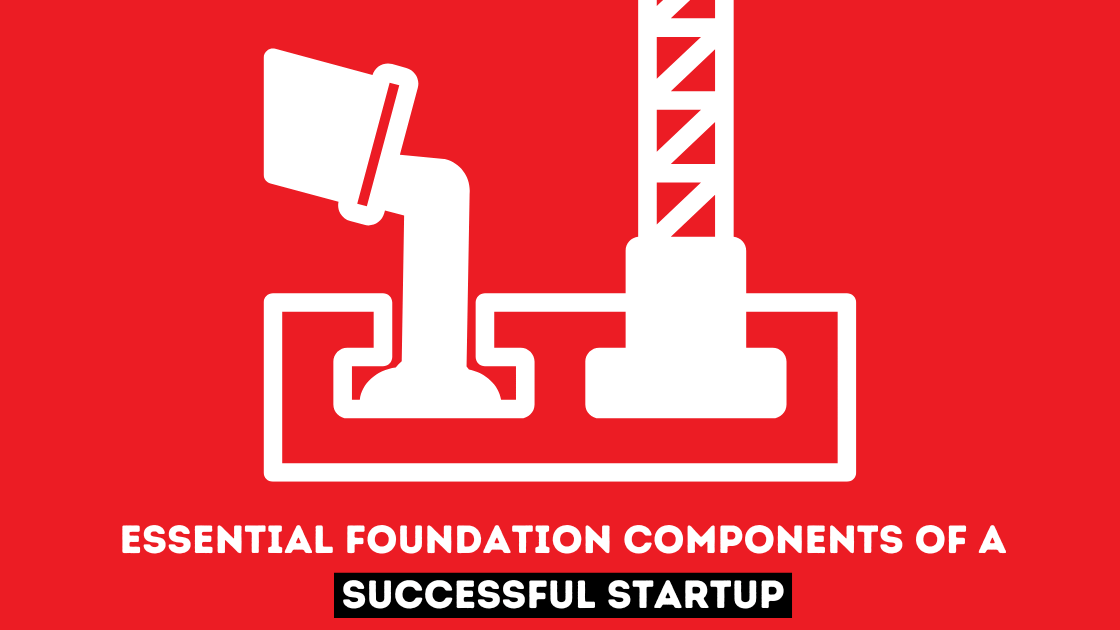We all know the gloomy statistics about startups. As exciting as it can be to have a great new idea that might take off big, the fact is that startups can be incredibly hard to get off the ground. And as strong as a team as we might have, time and again these big ideas tend to flop.
The numbers don’t lie: It is said that 10% of startups fail within the first year, and as much as 70% die out within five years. But you shouldn’t let this deter you. If you really believe in an idea, you can make it happen. But there are essential things you need to do to keep it going, especially in the very beginning. If you have a feasible idea and make a point of following certain steps, you should be in good shape to keep your startup alive for a good long time.
Your guiding idea
Every successful business starts with a vision. Some are potentially sound, and others not, but one of the keys to determining your success is learning to determine where your idea stands in terms of feasibility.
How can you do this? Obviously, your eventual plan will have to include budgeting for staff, advertising – FatAds are particularly effective – and other components, but first you need to solidify your basic ideas. Think about the following points:
- Are you attempting to solve a problem? This is the primary indicator of an idea’s potential success. You can some up with something that you think is fun or interesting, but if it doesn’t genuinely help people that need it, your chances of success will be low.
- Is your idea important enough that people will pay for it? In addition to solving a problem, your idea should target a significant enough problem that people will be willing to invest in your solution.
- Has anyone else tried your solution? This is critical. If you are simply copying other people’s efforts, you won’t stand out from the crowd. This is where preliminary research is critical: If you don’t figure out what else is out there, your efforts may well be wasted on duplicating someone else’s idea.
Gathering the right people
Once you’ve got your idea established, you need to start thinking about who else you will involve in your effort. (Actually, you should start doing this even as you develop your idea; if the right people don’t exist or aren’t available, you won’t have the help you need to grow).
In thinking about the type of people you need, consider the following questions:
- Do each of your prospective team members have the ability to both think independently and as part of a team?
- Do the collective skill sets of each of your prospective members match, and do they together equal what you need to get the job done?
- Do your candidates’ personalities align with your vision, and are they truly motivated to pursue that vision? Getting a startup off the ground takes a lot of hard work, so you need people that are super motivated to get the job done.
Getting seed money
Aside from finding people to work with you, you need to have some capital to get off the ground. This is another thing that you should consider carefully, even during the very first stages of your startup’s development. Is your idea one that potential investors would consider sound enough to put money into? If you’re not sure about this, it could be that your idea isn’t tenable enough to hold water in the real world and you should adjust your plans.
Investors can be of different types. You might find an angel investor who shares your vision and is interested in eventually having equity in the company. Or a venture capitalist could invest in your idea on behalf of a risk capital company. It would be to your advantage to look into the options as early as possible and see what might fit (you might even start thinking about particular individuals).
Developing a business plan
Your next step will be to develop a business plan. While your plan will be subject to change – you will almost certainly adjust it as time goes on – it is important that you have the primary components mapped out early so that your startup can have some structure.
Your plan should include the following elements:
- What products and services your business will offer
- Your plans for pricing, sales strategies, and goals.
- How you plan to reach particular milestones within different periods
You should also develop a unique value proposition, or a succinct statement of the primary offering that you will have and what its benefit will be to your target audience.
The rest is in the execution
A lot can be said about what you need to do after these initial steps to keep your startup going, but you should start by focusing on the points above. While you certainly won’t be home free simply by securing seed money and creating a solid business plan, you will certainly be on the path towards success.

